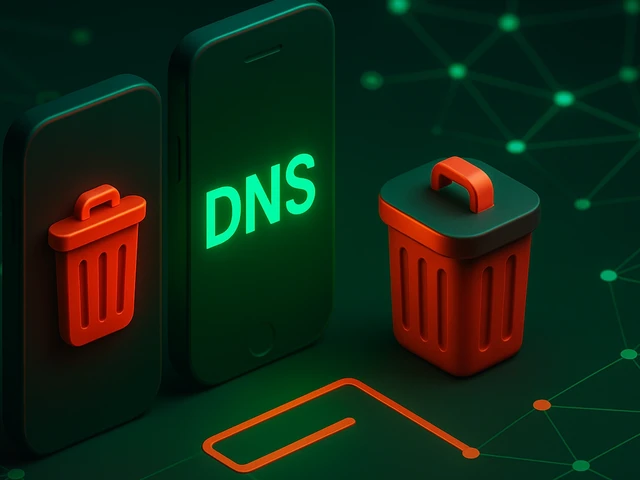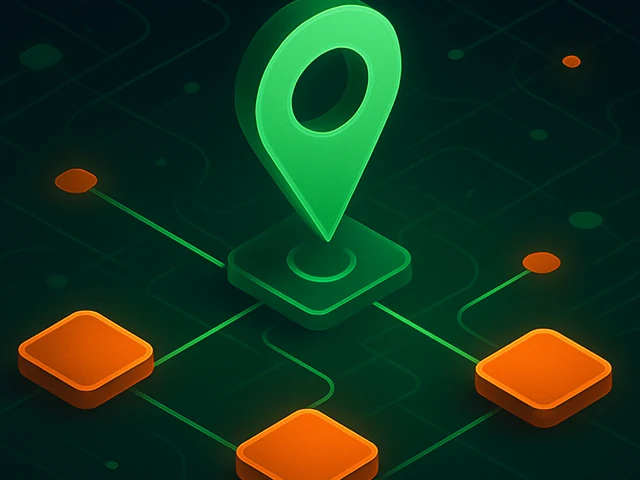
Quite often, when using a smartphone, we may encounter problems that are essentially related to the operation of the DNS service and DNS cache on your device. I...
3v-Hosting Blog
2 min read
MySQL is a popular open-source relational database management system used by many businesses and organizations. One of the common tasks in MySQL administration is to connect to the database remotely. In this article, we will explain how to remotely connect to MySQL.
Step 1: Configure MySQL Server
Before you can remotely connect to MySQL, you need to make sure that your MySQL server is configured to accept remote connections. By default, MySQL is configured to only allow connections from the local machine. To enable remote connections, you need to modify the MySQL configuration file.
Locate the MySQL configuration file "my.cnf" or "my.ini", depending on your operating system. You can find this file in the MySQL installation directory. Open the file in a text editor and locate the section [mysqld]. Under this section, add the following line:
bind-address = your_server_ip
Replace "your_server_ip" with the IP address of the server that you want to allow remote connections from. Save the file and restart the MySQL server.
Step 2: Create a MySQL User Account
To connect to the MySQL server remotely, you need to create a user account with the appropriate privileges. Open the MySQL shell by typing the following command:
mysql -u root -p
Enter the root user password when prompted. Once you're in the MySQL shell, enter the following commands to create a new user account:
CREATE USER 'your_username'@'%' IDENTIFIED BY 'your_password';
GRANT ALL PRIVILEGES ON *.* TO 'your_username'@'%';
FLUSH PRIVILEGES;
Replace "your_username" with the username you want to create and "your_password" with a strong password. The '%' symbol in the above command grants remote access to the user from any IP address. You can replace '%' with a specific IP address to restrict access to only that IP address.
Step 3: Connect to MySQL Server Remotely
To connect to the MySQL server remotely, you need to use a MySQL client. One of the popular clients is the MySQL command-line client. Open a terminal window and type the following command:
mysql -u your_username -h your_server_ip -p
Replace "your_username" with the username you created in step 2, "your_server_ip" with the IP address of the MySQL server. You will be prompted to enter the user's password.
Conclusion
Connecting to a MySQL server remotely is a common task for MySQL administrators. By following the steps outlined in this article, you can remotely connect to a MySQL server and perform necessary tasks on it. Remember to always keep your login credentials secure and to properly configure the MySQL server for remote connections.

A practical introduction to grep for Linux: how the command works, which flags you really need, common mistakes, and real-world scenarios for using grep in admi...

Learn how IP addresses work: IPv4 vs IPv6, public and private IPs, DNS resolution, routing, security basics, and how IPs are used in real server and cloud infra...

Accelerating WordPress at the Nginx level: correct PHP-FPM settings, try_files, static files, caching, Brotli, wp-login protection, and secure headers for stabl...